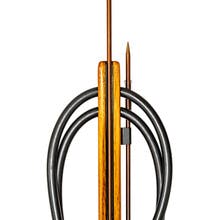Is sustainable fishing possible?
Sustainable fishing is absolutely possible. Anytime we ensure we are only taking the fish we need, making sure that the fish never goes to waste, and ensuring that our gear doesn’t end up floating aimlessly through the sea or tagging along with a fish, we are participating in sustainable fishing.
What are sustainable fishing practices?
Sustainable fishing practices makes sure that the ecological balance in the sea is not being disturbed, and that the fish harvest-to-reproduction ratio is properly balanced to support a flourishing population. That being said, any fishing practice that takes only what you need from the sea while respecting underwater habitats is a sustainable fishing practice.
How does sustainable fishing help the environment?
Sustainable fishing helps the environment by keeping a sense of balance amongst sea populations. If this balance gets thrown off, we can see disturbances among the flora and fauna of sea life and consequently the potential of extinction for the fish and severe famine and poverty for us. After that, it is suggested that life on planet earth would be challenging to sustain entirely. The ocean would be overrun with algae, affecting the oxygen levels in the sea (and thus, in the air) and life as we know it would cease to exist.
Is spearfishing sustainable?
Due to the fact that spearfishing takes very few fish from the sea, has an incredibly selective process, and leaves behind little-to-no ghost gear, spearfishing is arguably the most sustainable form of fishing out there.
How can I support sustainable fishing practices?
You can support sustainable fishing by knowing how a fish was caught before you buy it. You can also study and practice and get out there to go fishing yourself for it. The cool thing about fishermen, whether above the surface or below, is that they are usually always willing to teach you how to fish.









